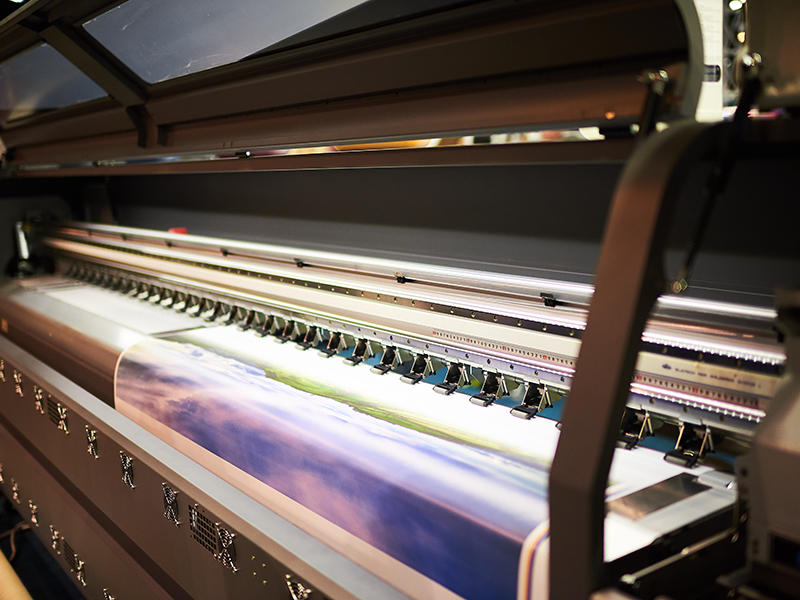
Jon Harper Smith has over 15 years’ experience in the printing industry through his time working with Fujifilm and has extensive experience of industrial and package printing businesses with particular focus on industrial inkjet and flexo processes. Here, Jon shares some key insights from his latest report for Smithers,
The Future of Print Equipment Markets to 2028.
What has changed in the print equipment market in the last couple of years?
Many of the trends that had been established in previous years are continuing to influence print equipment in terms of both new installations and the installed base. The Covid-19 pandemic and more recently, the economic shock caused by the war in Ukraine, have both had a short term effect in depressing demand for many printed products as well as denting consumer confidence. This fall in demand caused a drop in sales of new presses but led many print equipment companies to focus on service, support and consumables that helped them to weather the storm and left them in a stronger position as markets started to recover.
There is an ongoing shortage of skilled staff, with some staff members retiring early, and new recruits not always attracted to the profession.
Inkjet printing continues to grow, however electrophotography is declining, partly due to competition from inkjet and partly due to a fall in demand for some end use products, particularly in the commercial print segment.
Packaging saw a significant uptick during the pandemic, and continues to grow with demand, closely related to economic activity and the number of households in a particular region. However, while demand for essential items remains, the economic shock has depressed some demand and there are signs that major brands are reducing inventory levels, which could have a short term effect on demand, even for packaging.
How is the print equipment market adapting to changes within the print industry?
Print equipment companies have reacted to the challenges in a number of ways. This includes the provision of increasing automation which makes new presses significantly more productive while lowering costs and reducing staffing levels. The increasing productivity of new presses is a very significant factor and, although fewer presses are being sold, they are generally much more productive than the ones they replace.
Online support and service have become more common, and this is in many cases now being enhanced with augmented reality systems. This has allowed improved remote service and support that have reduced costs for both suppliers and customers, and led to improved response times and greater press up-time.
What is the major threat to the print equipment industry?
A key threat to the print equipment industry is falling demand for printed products. This has several root causes including consumers choosing to access content online rather than via physical print, which is affecting publication print including newspapers and magazines as well as some parts of the commercial printing market.
An additional factor is the increasing drive to sustainability, with packaging coming under the spotlight. There is a drive to reduce over-packaging, and the use of single-use plastics in particular with legislation in key regions likely to become a driver for change.
What opportunities can the print equipment market witness over the next five years?
The drive to greater sustainability can be regarded as an opportunity, with digital printing, particularly inkjet, widely regarded as having good environmental credentials due to its inherent ability to print low volumes on demand, thereby offering an opportunity to reduce waste.
In addition, the drive to greater efficiency will be key with more productive presses able to produce work faster and at reduced cost. Attracting staff, particularly those entering the profession for the first time, will be important, and companies that offer training and embrace new working practices are likely to see the benefits.
Packaging will remain a growth area, and is likely to see increasing competition between suppliers typically associated with the production of commercial and publication presses and established packaging print equipment providers.

 Jon Harper Smith has over 15 years’ experience in the printing industry through his time working with Fujifilm and has extensive experience of industrial and package printing businesses with particular focus on industrial inkjet and flexo processes. Here, Jon shares some key insights from his latest report for Smithers, The Future of Print Equipment Markets to 2028.
Jon Harper Smith has over 15 years’ experience in the printing industry through his time working with Fujifilm and has extensive experience of industrial and package printing businesses with particular focus on industrial inkjet and flexo processes. Here, Jon shares some key insights from his latest report for Smithers, The Future of Print Equipment Markets to 2028.